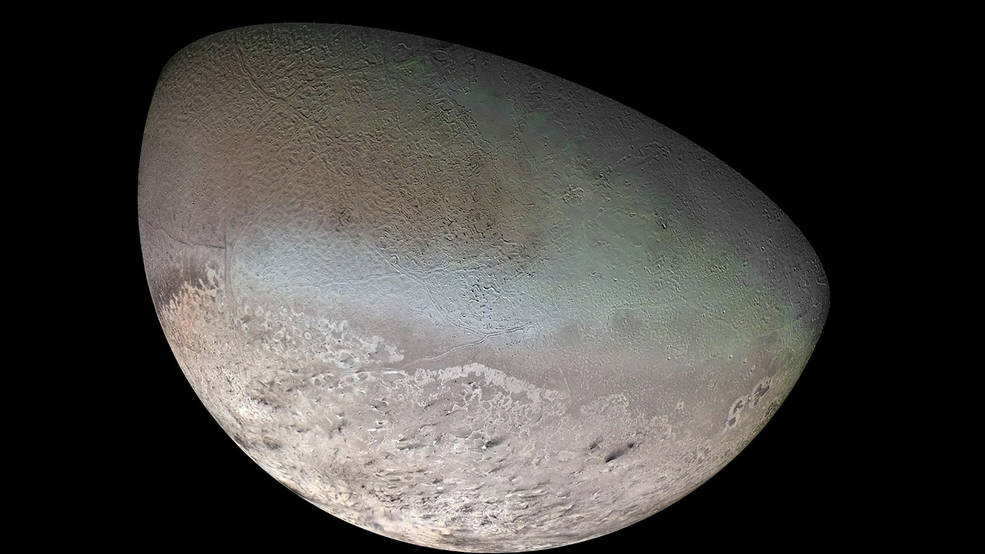
NASA is planning Trident, a mission to explore Neptune’s satellite Triton, as part of its discovery program mission to unravel the mystery of the solar system.
Triton is the only star in the solar system that orbits mainly in the opposite direction to the planetary rotation, but so far, the exploration has only been one when the Voyager 2 passed close in 1989. Voyager 2 observed the surface topography with few craters and ice-breathing geysers on Triton’s surface, and announced the activity of the moon in extreme space, six times the distance between the Sun and Jupiter. The Trident plan aims to unravel Triton’s mystery that Voyager has not even solved.
There are three pillars from which the trident design name (trident) was derived. The first is whether Triton has an intense ionosphere with an atmosphere containing a few organic matter, a strange surface feature without craters, and whether there is an icy sea underground by examining magnetic fields.
The second is to map the topography of the surface that Voyager has not covered and check the changes in the previous topography. Finally, the third is to check the principle of why the Triton terrain is changing. The Triton surface is in the solar system with a history of 4.6 billion years, is believed to have formed only 10 million years ago in the oldest, and confirms why the core is still active inside a satellite far from the solar system.
Trident mission proposals will be decided by the summer of 2021, and if passed, it is expected to begin in October 2025 as an official mission for the Discovery Program. This is the time of launch because the planetary layout comes once every 13 years, which is good for swinging a spacecraft towards Neptune using Jupiter’s gravity. It will be around 2038 that a probe that has gained acceleration through this will arrive at the satellite. Related information can be found here .


















Add comment